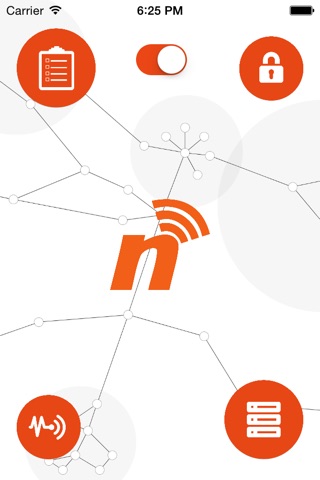
nervousnet app for iPhone and iPad
Developer: ETH Zurich - COSS
First release : 11 Jun 2015
App size: 59.89 Mb
Nervousnet Demo
The current application is the first step towards realizing the vision of a planetary nervous system. This demo contains support for relevant hardware sensors, user configurable virtual sensors, options to configure data storage on an external server, as well as an api for users to utilize the data.
For more technical information and the source code have a look at Github: https://github.com/nervousnet
---
A Vision for a Planetary Nervous System
Nervousnet is a backend client for the planetary nervous system, a large-scale distributed research platform that provides real-time social sensing services as a public good. Existing Big Data systems threaten social cohesion as they are designed to be closed, proprietary, privacy-intrusive and discriminatory. In contrast, the Planetary Nervous System is an open, privacy-preserving and participatory platform designed to be collectively built by citizens and for citizens.
The planetary nervous system is enabled by Internet of Things technologies and aims at seamlessly interconnecting a large number of different pervasive devices, e.g. mobile phones, smart sensors, etc. For this purpose, several universal state-of-the-art protocols and communication means are introduced. A novel social sensing paradigm shift is engineered: Users are provided with freedom and incentives to share, collect and, at the same time, protect data of their digital environment in real-time. In this way, social sensing turns into a knowledge extraction service of public good.
The social sensing services of the planetary nervous system can be publicly used for building novel innovative applications. Whether you would like to detect an earthquake, perform a secure evacuation or discover the hot spots of a visited city, the Planetary Nervous system makes this possible by collectively sensing social activity of participatory citizens.



